With stems, without stems, soft, strong, mild, hot, iced, flavoured, additional herbs or just straight regular Yerba Maté…
Hi my name is Jonathan and I am a Yerbaholic, a Yerbanatic, a Maté-Enthusiast…You’re catching my drift right? And you are here because I guess, you either love Yerba Maté too, or you want to know what it’s all about. Either way, you have definitely come to the right place.
Yerba Maté blends come in many shapes and sizes and the processing of the fresh, harvested Maté leaves varies depending on the producer, and the intended style and flavour for the final product. The ‘cut’ of the Yerba leaf varies across the four major Maté drinking regions of South America — Argentina, Brazil, Paraguay, and Uruguay. Essentially, a cut is a varying composition of three components::
-
The leaves (las hojas)
-
The fine dust particles (el polvo)
-
The stems (los palos)
With stems, without stems, soft, strong, mild, hot, iced, flavoured, additional herbs or just straight regular Yerba Maté…I’ve tried it all! Drunk in the ‘traditional way’, as teabags, with a French press, a teapot, instant Maté…again…I’ve tried it all! Maybe you’ve just heard of Yerba Maté, maybe you’ve been introduced to it in South America, maybe you too are a Maté-pro. However you first discovered this incredible tea, it helps to get familiar with the different Yerba Maté blends on the market and understand that each Yerba Maté has its own unique character and style. As with wine connoisseurs, over time, seasoned Maté drinkers learn how to appreciate the various nuances between the different Yerba Maté blends available.
Yerba Maté with stems (elaborada con palo)
-
Contains small, twig like, stems
-
Is ideally prepared in the ‘traditional way’
-
Has an impeccable, fine blend, as a result of the harmony between its body, aroma and maturity
-
Has a softer, milder flavour and a delicate balance created by the inclusion of stems
-
Is easy for the drinker to notice when it’s time to refill their mate, as the stems and leaf fragments begin to float to the surface once they have been completely washed
-
Is more nutritious as the stems retain their minerals from the soil
-
Is a paradigm yerba maté, which best represents the Argentine customs
Yerba Maté pure leaf (elaborada sin palo)
-
Is produced solely with thick and thin leaves (no stems)
-
Has an intense dark olive green, due to the brushing of the leaves
-
Is ideal for French press and teapot style infusions
-
Has a high proportion of leaves that make it best consumed in hard water areas
-
Has an intense flavour that is strong and more bitter than Yerba with stems
-
Holds its taste for a long period of refills, making it ideal for maté circles
-
Mostly consumed in Brazil and Uruguay
Yerba Maté with herbs (compuesta)
-
Is a mixed blend that contains other types of herbs with health benefits. Popular mixed elements include different aromatic herbs such as mint and linden and/or dried fruit such as lemon and orange
-
Has healing properties combined in a unique formula to achieve a distinctive flavour
-
Is good for people who dislike the bitterness of Maté, but still want to enjoy its benefits
So, there you have it. That pretty much sums it up. My personal preference for enjoying Yerba Maté is with stems but, like everything, perception ultimately lies with the perceiver: peaches vs nectarines, fried eggs vs poached eggs, butter vs margarine, marmite vs vegemite. And, as with everything, I reckon it’s always best to try it for yourself. Happy drinking.
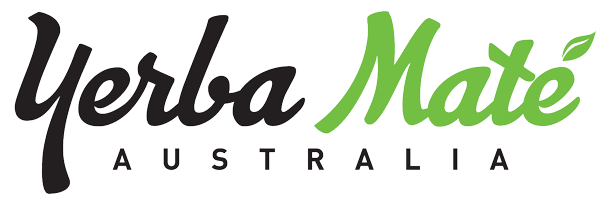
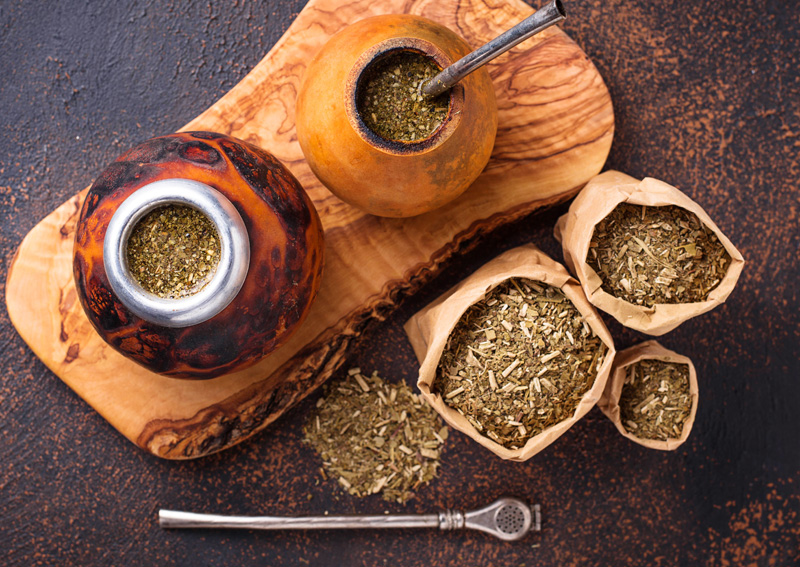



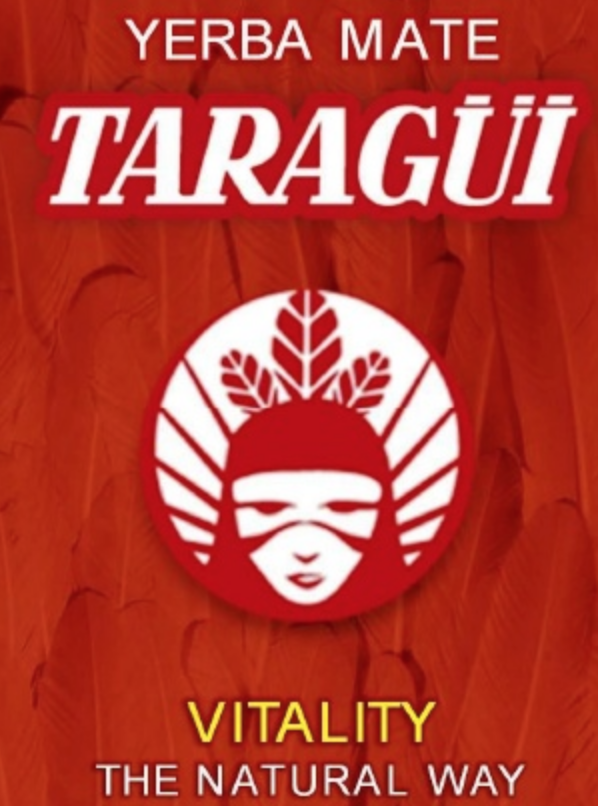
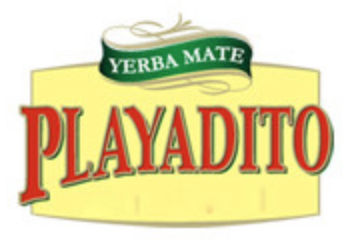
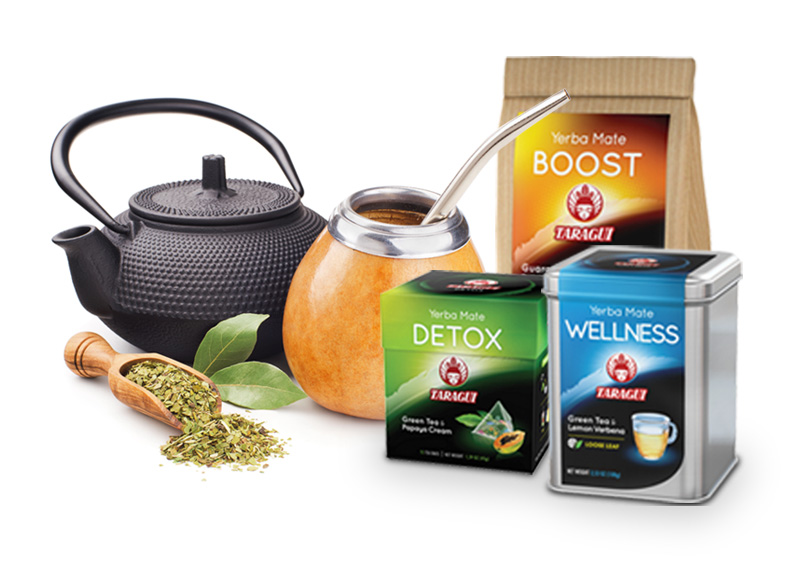
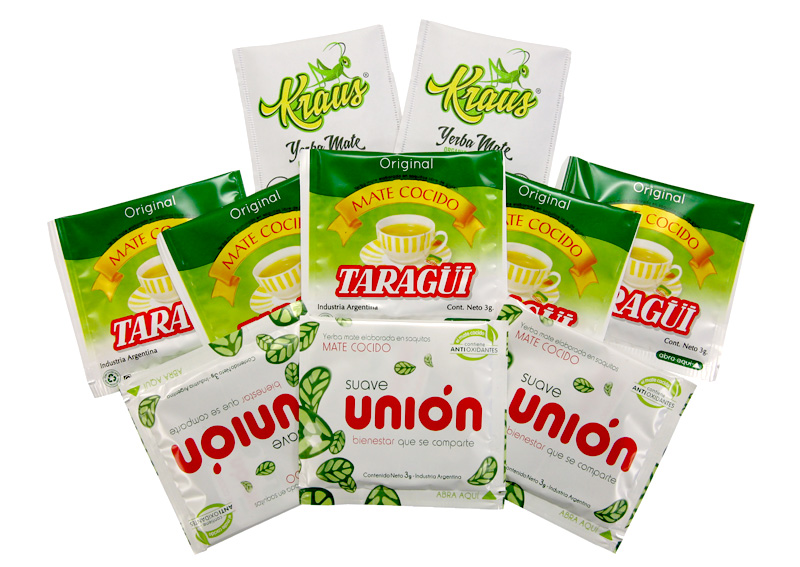
You must be logged in to post a comment.
Click here to log in